Skin disease
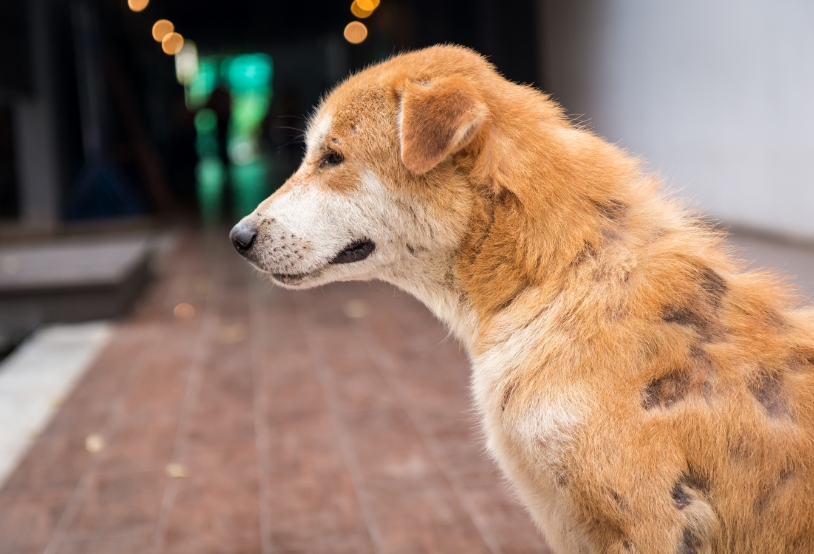
Skin disease affects thousands of dogs and cats every year, ranging from minor “hot spots” to extremely debilitating long-term skin problems. This is particularly the case in Hong Kong’s hot, humid summers but it can occur at any time of year. As with all diseases early diagnosis and treatment is essential and it’s worth knowing that many previously common conditions caused by fleas and mites are far rarer now due to the advent of great preventative treatments such as Frontline spray/spot-on® (fleas) and Revolution® (mites).
Below is an overview of common skin diseases seen in Hong Kong, divided into infectious, allergic and hormonal conditions. For further information please talk to your veterinary surgeon. Alternatively contact the SPCA Veterinary Department on 2802 0501 or any of our branch clinics.
Infectious disease
Ringworm
Ringworm is the “general” name for the skin infection caused by a group of fungi (Microsporum spp. and Trichophyton mentagrophytes). The disease is more common in young, old, sick and immuno-compromised animals. It can be spread through the animal’s environment or direct contact, taking minimal contact with the spores for the disease to spread. It should be noted ringworm is also infectious to people but, just as with animals, immuno-compromised people, such as those with HIV, people being treated with chemotherapy and those who are highly stressed are more at risk. In general, if you do not have the disease by the time your pet is diagnosed then you are unlikely to get it.
The most common symptoms in your pet are broken and brittle hair, partial or patchy hair loss, scales and crusting, swollen or ruptured follicles, and areas of self-mutilation. Some forms of ringworm will glow under an ultra-violet light but many will not so a definitive diagnosis usually involves a laboratory test which can take up to 12 days.
Treatment is needed between one to two months to ensure all the fungus has been removed from the skin and hair and, depending on the case, can involve oral anti-fungals, creams or shampoos. It is also important to treat your pet’s environment as spores can remain for long periods. All hard surfaces, bedding, rugs, cages and litter trays should be thoroughly cleaned/disinfected and carpets steam cleaned. If possible, infected animals should be restricted to one room in your home until they are negative; this will help reduce contamination.
For more information on ringworm please download our information sheet.
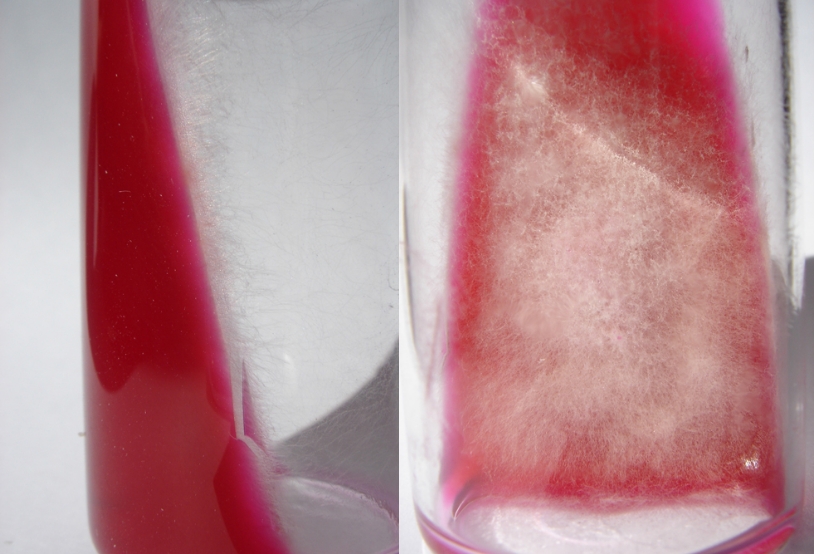
Sarcoptic mange
Sarcoptic mange is a skin disease caused by a mite (Sarcoptes scabiei) and is highly infectious. The mite lives in the superficial layer of the skin where it lays eggs which leads to infected dogs becoming very itchy, scratching and chewing their body, legs and head resulting in self-trauma, hair-loss and inflamed, crusting skin. Skin lesions are most commonly seen on the ear tips, elbows and hocks (and, to a lesser degree, on the abdomen and chest). The mite is not visible with the naked eye so the disease is diagnosed by taking scrapings of the skin and examining them under a microscope.
The good news is that because the mite lives in the superficial skin layers it is relatively easy to kill. Various drugs including Revolution® can be used. As with all skin disease if there is a secondary bacterial or fungal infection, this must be treated too and, if dogs are extremely itchy, a short course of corticosteroids may be required. In addition it is a good idea to treat the environment as the mite can live in bedding, brushes, blankets, etc.
For more information on Sarcoptic mange please download our information sheet.
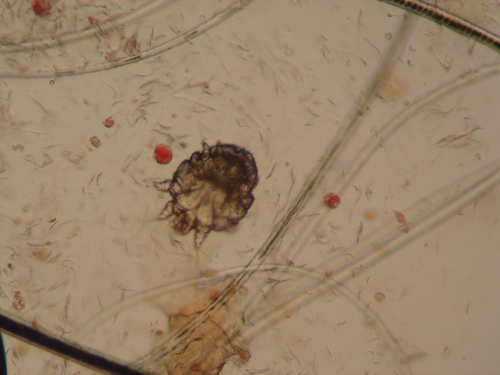

Demodectic mange
This disease is also caused by a mite (Demodex canis) but, unlike the Sarcoptes mite, lives deep in the hair follicles. An infected dog normally exhibits alopecia (hair-loss) around the eyes, face and forelimbs although in some cases hair-loss can be extensive.
The disease is transmitted by direct contact, with puppies picking up the mites in the first 2-3 days of life from their mother. It is not contagious to other dogs, although a high proportion of dogs carry a low number of mites on their skin. Diagnosis is confirmed by microscopic examination of deep skin scrapings.
There are various drugs available to treat this condition but it should be noted treatment is often prolonged and at least two negative skin scrapings one month apart are needed to safely assume the mange has been eradicated. Unfortunately the disease can reoccur and can be particularly difficult to treat in Sharpeis, Dobermans and other short-haired breeds. One way to reduce infection is desexing given transmission is from bitch to pups.
For more information on Demodectic mange please download our information sheet.
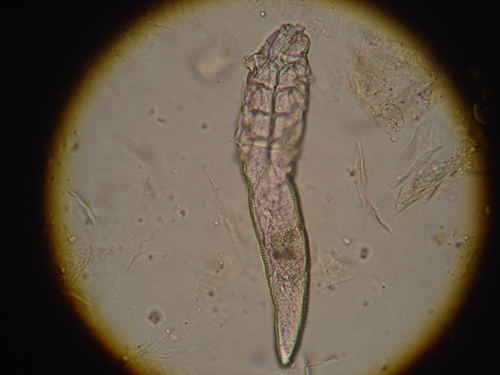
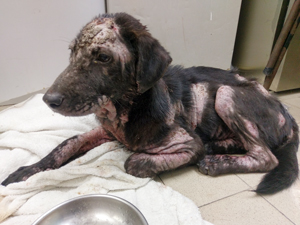
Ear mites
Ear mite (Otodectes cyanotis) infections are particularly common in puppies and kittens but can occur at any age. Infection usually produces a dark, waxy discharge and is intensely itchy for the animal causing them to shake their heads and scratch at their ears. In severe cases, the ear canal can become completely obstructed by this “coffee ground”-like debris. Whilst the mites cannot easily be seen with the naked eye, examination using an otoscope or microscope will reveal the culprits.
Treatment involves ear cleaning to remove the debris, plus daily ear drops or Revolution® (applied every 2 weeks) to kill the mites. It is vital to get your animal’s ears checked by a veterinary surgeon after treatment has finished to ensure the infestation has been cured; stopping too soon can lead to a relapse.
For more information on ear disease please download our information sheet.
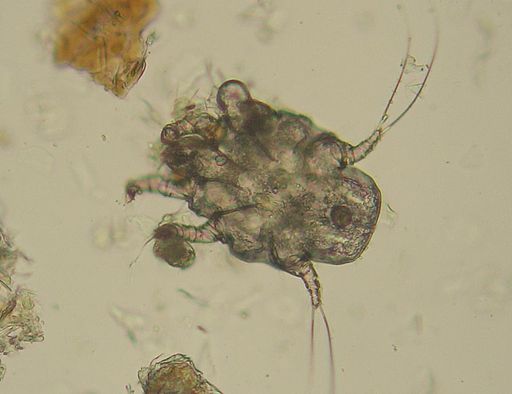
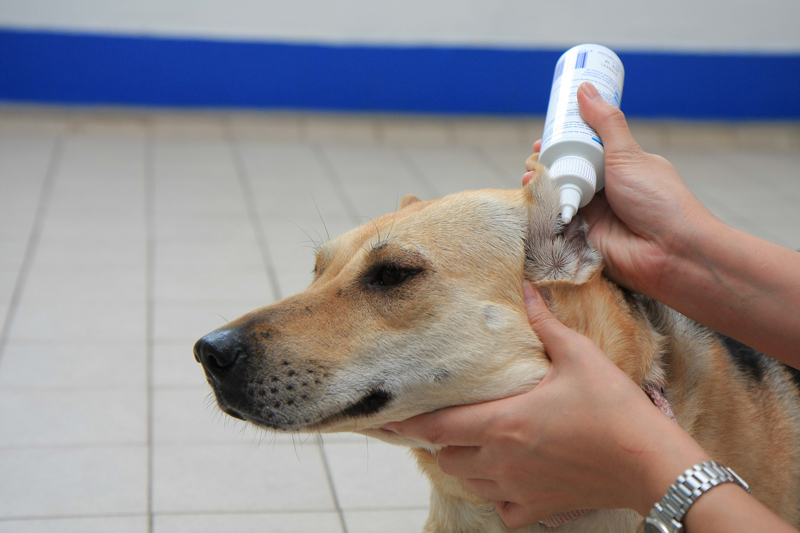
FIGHT THE ITCH; CONSULT WITH YOUR VETERINARY SURGEON TODAY!
Allergic skin disease
Allergies primarily result in itchy and inflamed skin. Your pet’s hair may fall out (or be chewed out) resulting in patches of alopecia and their coat can become scabby, oily, scaly, dry or flaky. Allergic skin is more susceptible to secondary bacterial or yeast infections and, as the skin inside the ear is the same as that covering the body, many allergic skin problems can result in otitis (ear inflammation and infection).
There are three main types of allergies: environmental; food; and flea bite hypersensivity. Unfortunately there are no easy cures for these conditions and diagnosis involves a systematic and often slow series of steps to rule out potential allergens. In addition treating other causes of skin disease, such as mites, fungus, bacterial infections and hormonal or behavioural disorders is vital before moving to test for allergies.
For more information on allergic skin diseases please download our information sheet.
Flea bite hypersensitivity
A low number of fleas may not cause any obvious signs of disease in your pet. However, continued exposure to flea bite saliva and increasing numbers of the parasite can lead to excessive scratching, depression, hair-loss and skin infections. Unlike mites, fleas are visible with the naked eye or their droppings can be seen on wet blotting paper from coat brushings.
Typical signs of skin disease include intense itching with hair-loss along the back and crusting of the skin.
The good news is that with the advent of excellent preventatives such as Frontline spray/spot-on® and Advantix spot-on® this condition is rarely seen today. With so many products available, though, it can be confusing so please consult with your veterinary surgeon to find the most suitable flea control regime.
For more information on flea prevention please download our information sheet.
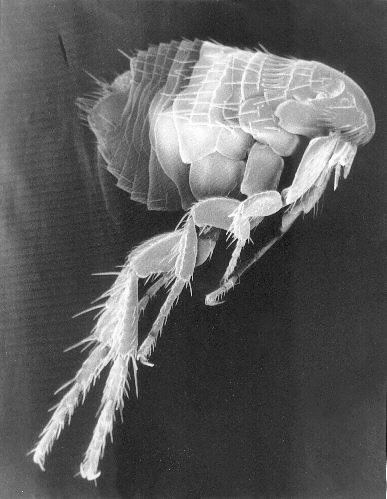
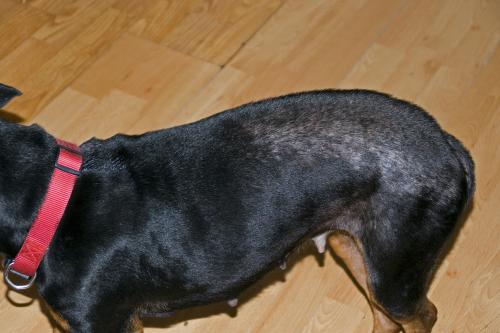
Food Allergy
There are a many foods that can cause food allergies including beef, chicken, corn, cow’s milk, dairy products, eggs, fish, dog biscuits, lamb, mutton, pork, pasta, rice…to name just a few! Food allergies can occur in any animal, at any age, on any diet even one they have been eating for a long time. It is seen more frequently in younger dogs (less than six months old) and in cats from four years of age onwards.
All parts of your pet can be affected by a food allergy although the head, ears and rump are often most affected. In a small number of cases, symptoms might also include vomiting or diarrhoea.
The only way a food allergy can be diagnosed effectively is via a dietary trial that starts with a hypoallergenic diet for at least eight weeks. This diet is designed specifically to reduce the risk of exposure to common food types and is usually based on a source of protein the animal has not been exposed to before. An improvement is normally seen in four to six weeks but full improvement may take as long as three months.
After the dietary trial, your pet is slowly reintroduced to foods from their old diet and observed for signs of itchiness and skin lesions. This will identify which foods your pet can eat in the future. The process requires patience but the information gained is invaluable in getting to the bottom of your pet’s skin problem.
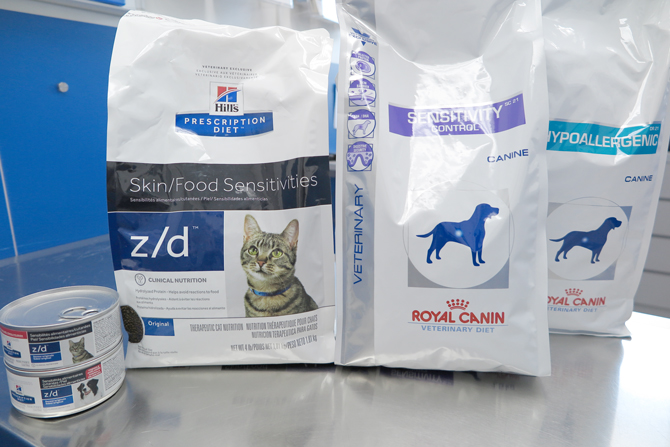
Environmental Allergies
There can be a long list of potential environmental allergens – weeds, flowers, tree and grass pollens, moulds, dust mites, human skin are just a few. Skin disease that happens as a result of environmental substances is called Atopic Dermatitis and typically develops in animals between one and three years of age. There is often a genetic component so it is more common in breeds such as Chihuahuas, Yorkshire Terriers, Shih Tzus, Golden Retrievers, Labradors, Bull Dogs, West Highland White Terriers and Miniature Schnauzers.
Allergens are absorbed by the skin so your pet can be exposed at any time. During the early stages, itching is often the only symptom, commonly affecting the front feet but can progress to inflamed ears, ‘armpits’ and groin area.
A technique known as intra-dermal skin testing is the best way to diagnose the allergy. From the test results, your veterinary surgeon can create a treatment that desensitises your pet. It can take up to a year to show signs of improvement, although many pets respond within a few months. This process – called immunotherapy – is the only treatment available that can change the course of the disease. However, it involves a great deal of patience and owners will need to learn how to inject their pet.
Other treatments include helping to control the disease by dampening the immune response with either anti-histamines, corticosteroids or ciclosporin. Recently some new medicines and even a prescription diet have become available which, whilst not offering a cure, can help reduce the symptoms and improve quality of life.
For more information on allergen-specific immunotherapy please download our information sheet.
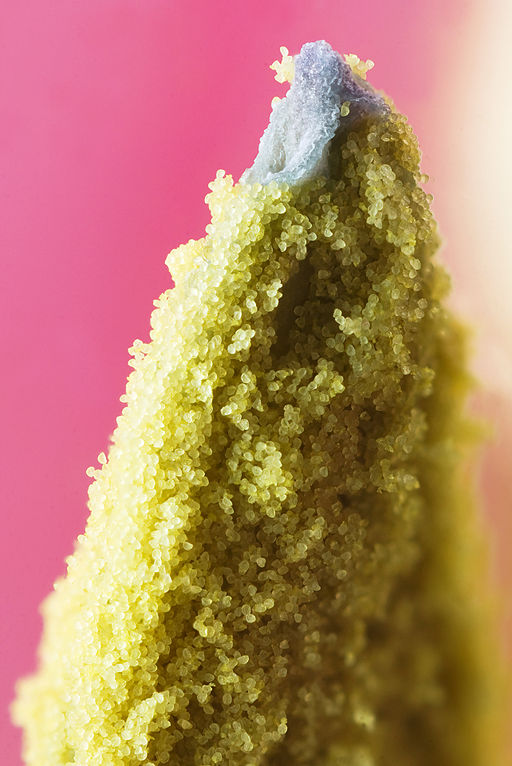
FIGHT THE ITCH; CONSULT WITH YOUR VETERINARY SURGEON TODAY!
Hormonal conditions
Finally, a section on skin disease would not be complete without mentioning the effect hormones can have on your pet’s skin. The most common hormonal diseases causing skin problems include Hyperadrenocorticism (Cushing’s Disease) and Hypothyroidism, both of which are common in older dogs. These diseases are normally diagnosed by clinical observation and blood tests, and can be treated by adjusting the appropriate hormones in the body (cortisol and thyroid) using medication.
For more information on canine Cushing’s Syndrome please download our information sheet.
FIGHT THE ITCH; CONSULT WITH YOUR VETERINARY SURGEON TODAY!
Preventative Pet Health
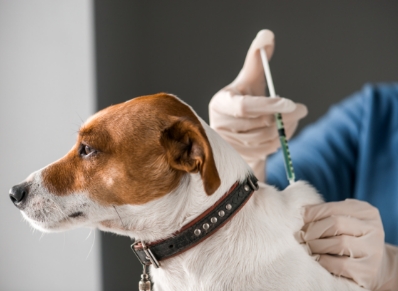
Vaccination
Vaccination protects your pet against highly infectious and sometimes fatal diseases. It is particularly important for young animals not only because their immune systems are not fully developed but also so they can be socialised to ...
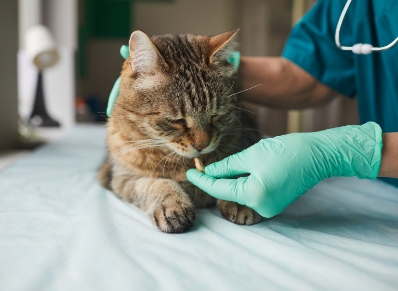
Deworming
Parasitic worms are as common as fleas to your pet, especially in puppies and kittens. From one centimetre hookworms to metre-long flat tapeworms, they can also be transmitted to people in some instances ...

Flea and tick control
Fleas and ticks are very common in the warm, humid climate of Hong Kong. They can cause a variety of conditions from skin disease and allergies to severe anaemias. Control of these pests is therefore important for the welfare of your ...
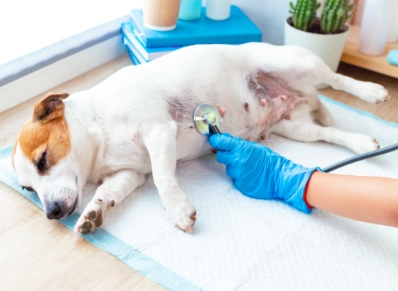
Heartworm prevention
Heartworm is a parasitic roundworm carried by mosquitoes. It can infect dogs, cats and other animals, though rarely humans, and with our warm, humid climate is a significant threat to animals in Hong Kong ...
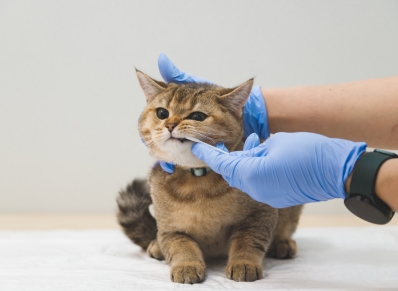
Dental care
Dental disease is one of the most common problems in domestic pets with symptoms including bad breath, swollen gums, loose teeth, drooling and pain when eating. Here are a few things we can do to help animals maintain oral hygiene ...
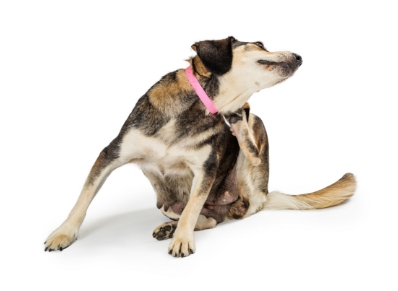
Skin disease
Skin disease affects thousands of dogs and cats every year, ranging from minor “hot spots” to extremely debilitating long-term skin problems. This is particularly the case in Hong Kong’s hot, humid summers but it can occur at any ...

Obesity control
Obesity is a term for any animal which weighs 15% more than it should. Just as with humans, it is not cute and carries significant health risks. And, again just like humans, obesity is a disease that predisposes your pet to many ...
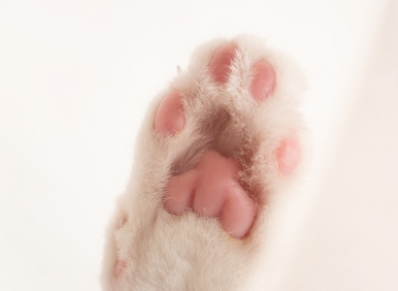
Healthy Paws Lifestyle Campaigns
The SPCA is committed to animal welfare and providing quality veterinary care. In recent years we have run several campaigns to promote a healthy lifestyle not just for pets but people too. After all, a healthy pet means a happy ...

Underwater Treadmill
We are grateful to Mrs Diana Wu, alongside Sasha and Andrew Benadie, for their generous sponsorship that has allowed us to install an underwater rehabilitation treadmill at our Hong Kong centre, the first of its kind in Hong Kong ...












